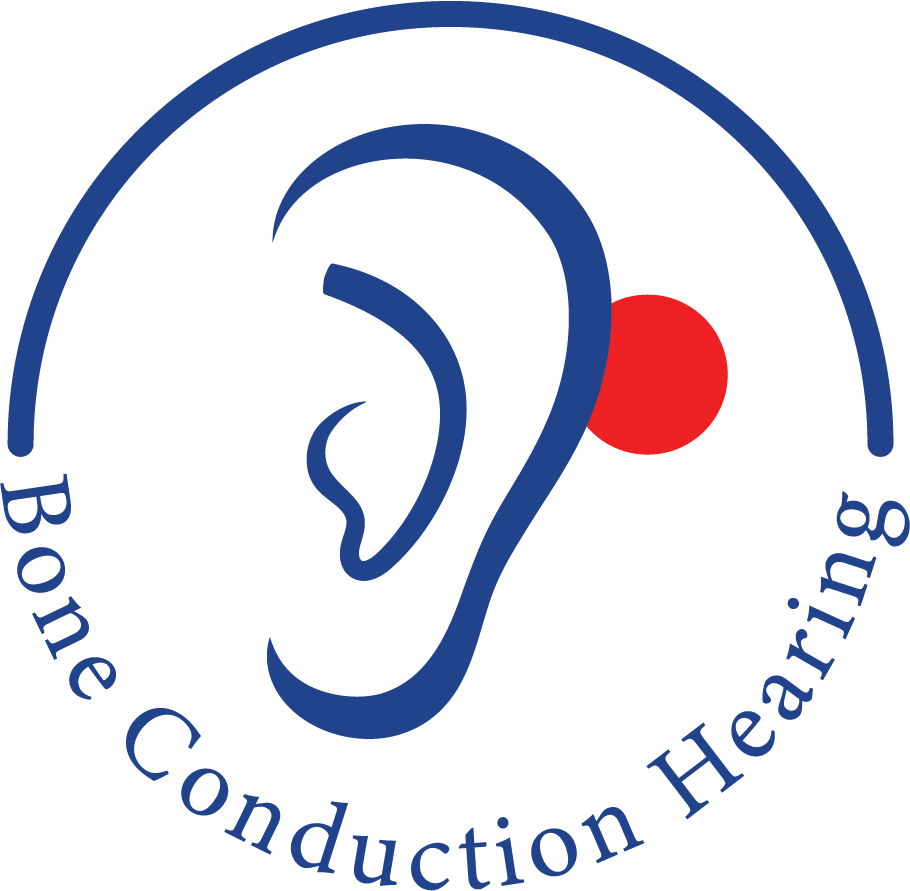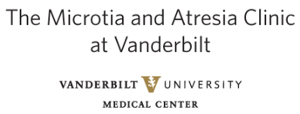If our children, teens, or adult loved ones choose not to have reconstructive ear surgery through Medpor or Rib Graft but still want to do something about their little ear(s), please remember there is always the option of having a prosthetic ear made to fit. They look great and most people would not even know you have a prosthetic ear unless you choose to take it off right in front of them or tell them that you have one.
Below is information on prosthetic ears and things to think about before making decisions for a prosthetic ear(s):
1. When considering the option for a prosthetic ear…
Think about all of your options first before making this decision. Rule out surgical options such as Rib Graft and Medpor and feel good about either waiting on surgery or not having surgery at all. Involve your child with this decision and discuss the prosthetic option thoroughly where everyone has decided that a prosthetic is the “right choice.” If you would like to still consider Microtia ear reconstructive surgery down the road, please discuss your decision for a prosthetic ear with your child’s ear reconstruction surgeon before going a head with the prosthetic option. It is very important to speak with a Microtia repair surgeon first in order to prevent any unnecessary scar tissue or tissue removal that may be caused by the attachment of a prosthetic ear, hindering the possibility for ear reconstruction in the later years. However, in the past year (2014), many anaplastologists have found a way to create a prosthetic ear that can now fit around the existing Microtic/Atretic ear where the ear itself no longer has to be removed as it once did in order for the prosthetic ear to fit smoothly and seamlessly. This option would allow you to adhere the prosthesis on with a glue that can be removed daily/nightly.
2. If your child has had surgery, but is not happy with the result…
If your child or loved one has already had Rib Graft or Medpor surgery performed, but for some reason is not happy with the end result because the surgery itself was unsuccessful due to tissue rejection or infection causing excess scar tissue preventing the ear from healing well, please realize that a prosthetic ear is still an option. Speak with the anaplastologist of your choice and obtain their opinion on what they can do to help regarding going the prosthetic route.
3. Prosthetic attachment options:
a.) Magnets and (snaps) – A prosthetic ear can be attached with magnets and typically requires two surgical procedures for the magnets to be implanted. The entire procedure can usually be completed in less than a year.
b.) Glue – A prosthetic ear can also be attached with glue (adhesive). * Glue is not recommended for a child who is active or sweats often. However, today the adhesive that is used for prosthetic ears holds up extremely well and many boys wear their prosthetic ears daily at school and playing in sports without the ear(s) coming off.
4. Receiving a prosthetic ear and being fitted for one…
Receiving a prosthetic ear or being fitted for one is often done at the same time as when a child receives an implant for a BAHA. Typically, an ear can be delivered within one to two weeks, depending on scheduling. Sometimes, a prosthetic ear may take longer. If so, your anaplastologist will inform you of the lead time change when ordering your ear(s). The timing of surgery is subject to the doctor’s discretion, and varies, but in general, school age or 5 years of age. The implants have to be in place a minimum of 3 months, or the warranty is voided from the implant company. Once they have integrated (which can take longer than 3 months), the abutments have to be placed. The prosthetic ear can be fabricated about a month later.
5. Cleaning and Maintenance:
Both a “magnetic” and a “Glue/adhesive” ear require minimal maintenance, but do require that the patient be responsible and able to take care of the prosthesis by cleaning it regularly in order to prolong the material. It is strongly suggested to follow the routine cleaning recommendations shown in the office while receiving the ear and being fitted for the ear. Remove the ear(s) every night and clean it nightly. It is very important that if choosing to wear a prosthetic ear with glue, that all of the glue be removed nightly and the ear cleaned so that the skin on the original part of the ear has good hygiene maintained and so that the skin can breath. This also helps to prolong the life of the ear and the quality/look of the ear. * It is possible to over clean the ear where your own skin can become irritated. Seek the suggestions/advice of your anaplastologist or your dermatologist if you discover that you have sensitive skin and find out what other cleansers/moisturizers can be recommended for use.
6. Sleeping in prosthetic ears…
Prosthetic ears can be slept in (on occasion) and an individual can swim with the ear(s) on. Just remember, this will cause the ear to break down sooner over time.
7. What is a prosthetic ear termed according to insurance?
A prosthetic ear is considered “reconstructive” – not “cosmetic.” Hence, it is usually covered by insurance. Although insurance coverages do vary, many insurance plans do cover prosthetic ears at various portions. For example, Medicaid in Colorado covers this 100%, but each stat may vary.
8. Durations or life span of prosthetic ears:
They all vary. Some prosthetic ears last anywhere from 6 months to two years. Other ears can last for over 5, 6, or 7 years. It depends on the material used to create the ear and how well you as the individual takes care of the ear.
9. Cost of a prosthetic ear…
Cost of prosthetic ears vary due to different materials being used and which anaplastologist you have chosen. While all anaplastologists make beautiful ears, many are very comparable in their pricing. Some costs for one ear can range anywhere from $4,000.00 (USD) on up to $7,000.00 (USD) or $8,000.00 (USD).
10. Will a prosthetic ear fit over my existing ear?
As of 2015, a prosthetic ear can be made to slip over or fit over an existing Microtic ear without having to remove the ear (as required years ago). The prosthetic ear would have to be fastened on with glue, adhering to the skin. Otherwise, if planning to wear a prosthetic ear permanently with surgery being required to implant magnets, snaps, or clips, the ear will have to be removed. Before receiving a prosthetic ear, depending on if an individual has already had reconstructive ear surgery with Medpor or Rib Graft, the anaplastologist will determine if he/she can create an ear that will fit over/with the existing ear of if the ear has to be removed. Surgery to remove the ear is an outpatient surgery and will require stitches that can be removed within a two to three week period.
* Helpful Tips:
– Do your research! Inquire about your anaplastologist’s credentials/certification – and if they are in good standing. Ask if they do pre-authorizations, ask if they will work with your insurance, find out how they file claims. If this is not done correctly, you could get stuck with a very big bill. Ask about financial assistance. Some states have special programs just for children – For example, Colorado is very good to its children.
– The fee is not always the important concern – it’s more the relationship between the office and the insurance company.
Here is an example of what can be involved:
* The sooner you can get your anaplastologist involved, the better. This enables him/her to get the parts needed for an oseointegrated ear billed at the time of surgery. Both a glue on/adhesive ear and a magnetic ear can range in price from being the same cost to different. It depends on the anaplastologist and also if the parts are ordered at the same time. Ears can range in pricing from $4,000.00 (USD) to little over 8K). Many anaplatologists will purchase the parts and only charge their cost – which can be hundreds of dollars….this can vary as well from anaplastologist to anaplastologist.
– In addition, anaplastologist’s offices will either have contracts with insurance companies – or get a pre-authorization/individual contract for each case. They will try to get the highest allowance from each company, even if they are not “in-network.” The goal is to have the patient know what their portion will be before they walk in the office, offer financial assistance if possible. Many patients are children may be covered by Medicaid 100%.
– Airport security and travel: The magnetic bars for attaching prosthetic ears are made of titanium. There is not quite enough metal in them to trigger security equipment. So, no one has to remove any ear(s).
– The other thing patients need to know is that while there are not a lot of Anaplastologists all over the country, we do exist in most major locations – so, you shouldn’t have to travel thousands of miles to get treated. If you are in an office that requires all your money up front, and does not do a pre-auth for you, there is no guarantee that you will be reimbursed. Find out that anaplastologist’s training/certification and if they are in good standing. The following link can help you find an anaplastologist near you: www.anaplastology.org.
– Seek a couple to a few opinions on prosthetic ears from the experts. Some ears look better than others (although they all look amazingly real). You may favor one anaplastologist over another or one may be able to work with you better on insurance/cost coverage. Again, ears may all last different lengths of time.
-
The above information was provided to me while speaking directly with an anaplastologist.









Leave a Comment
You must be logged in to post a comment.